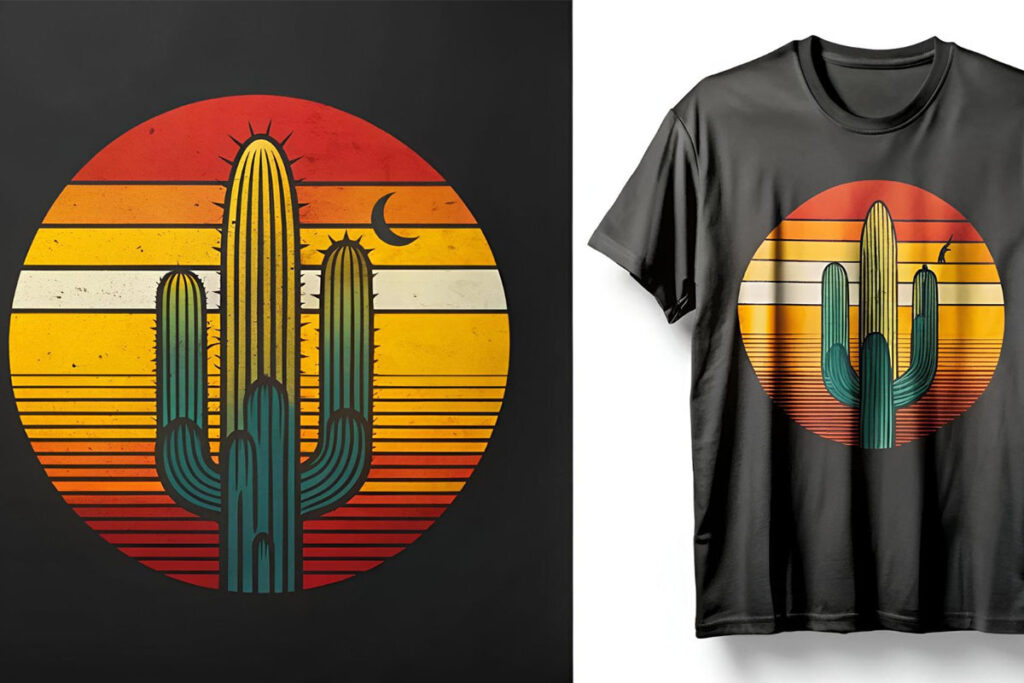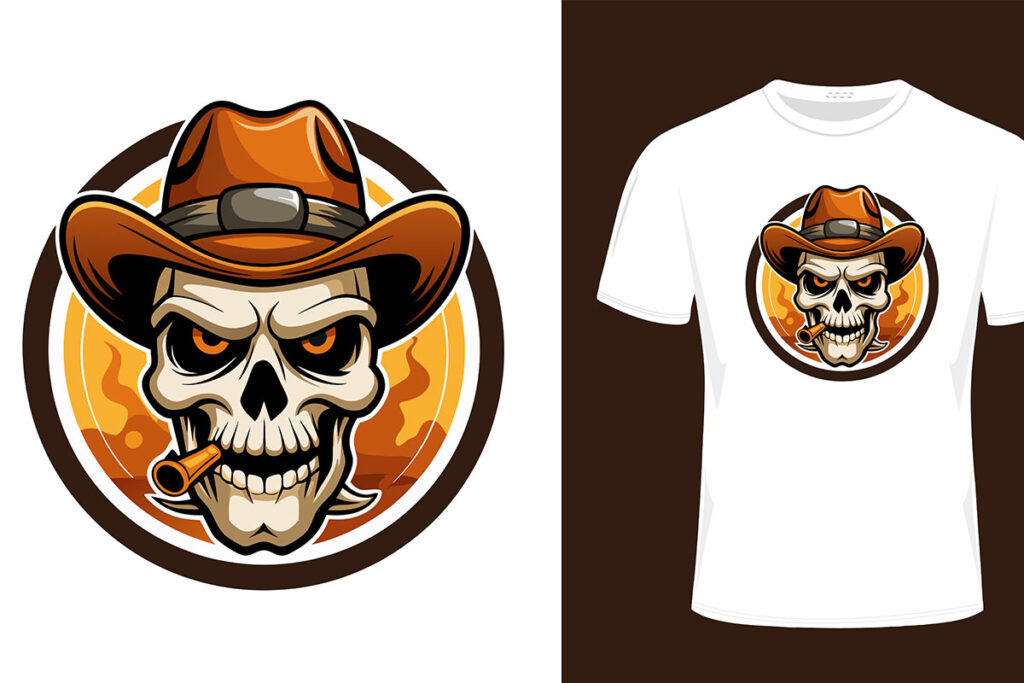Choosing the Right Materials for Texas Transfers
Customizing your personal items or creating unique gifts can be a rewarding and fun process, especially when using Texas Transfers. These heat-applied designs allow you to personalize various items with Texas-themed graphics, giving you endless creative possibilities. Whether you’re a beginner or an experienced crafter, the following tips will help you get the best results when customizing your apparel, accessories, and home decor.
When working with Texas Transfers, the first thing to consider is the type of material you’ll be customizing. Not all fabrics and surfaces are equally suitable for heat transfers. Cotton, polyester, and cotton-poly blends are ideal because they can withstand the high temperatures required to adhere the transfer to the surface. These fabrics provide a smooth, durable finish, ensuring that your transfer design stays vibrant and intact over time.
On the other hand, materials like wool, nylon, or leather are not recommended, as they may not handle the heat application well and could result in a poor-quality transfer. Always check the fabric’s care label to ensure it’s compatible with Texas Transfers before you begin.
Preparing Your Item for the Transfer Process
Proper preparation is key to achieving a flawless finish when applying Texas Transfers. Before applying any transfer, it’s crucial to make sure the fabric is clean and smooth. Begin by washing and drying the item to remove any dust, oils, or residue that could interfere with the adhesive. Avoid using fabric softener, as it can leave a coating that makes the transfer less likely to stick properly.
Once your fabric is clean, iron it to remove any wrinkles or creases. A flat, wrinkle-free surface will ensure that the transfer adheres evenly, avoiding any bubbles or folds that could distort the design.

Positioning Texas Transfers Accurately
Before applying heat, it’s essential to position your Texas Transfers correctly on the item. Placement can make or break your design, so take your time to ensure everything is centered and aligned properly. If you’re working with larger items like t-shirts or tote bags, you might want to use a ruler or tape measure to help with accuracy.
For smaller items, like hats or sleeves, precision is even more important. You can use a chalk pencil or masking tape to mark the ideal position for the transfer. Once you have the transfer in place, be careful not to move it during the heat application process.
Applying Heat Properly
The most critical step in the customization process is applying heat to secure the Texas Transfers to the fabric. If you have a heat press, you’ll get more consistent pressure and temperature, but a household iron can work just as well for smaller DIY projects.
When using an iron, set it to medium-high heat, and make sure the steam function is turned off, as moisture can affect the adhesion. If using a heat press, follow the transfer’s specific instructions regarding temperature and pressure.
Place parchment paper or a pressing cloth over the transfer to protect both the design and your iron or heat press. Then, apply firm and even pressure for 10-15 seconds in each section, ensuring the entire design receives sufficient heat to adhere properly. For large designs, you may need to work in sections to ensure full coverage.
Peeling Off the Transfer Backing
After applying heat, the next step is to carefully remove the backing from the Texas Transfers. Some transfers require you to peel the backing while it’s still warm, while others need to cool slightly before removal. Always follow the manufacturer’s instructions to ensure the best results.
Peel the backing slowly and evenly to avoid lifting any part of the design. If you notice any areas where the transfer hasn’t fully adhered, you can reapply heat for a few more seconds to secure it. Patience during this step will ensure a smooth, professional-looking finish.

Caring for Customized Items with Texas Transfers
Once your Texas Transfers are applied, caring for your customized items properly will help ensure they last. Always wait at least 24 hours before washing items with a newly applied transfer. When it’s time to wash, turn the garment or item inside out to protect the design. Use cold water and a gentle cycle to prevent the transfer from peeling or cracking over time.
For drying, air drying is the safest option, but if you must use a dryer, choose a low-heat setting. Avoid using bleach or harsh detergents, as these can fade the transfer. By following these care tips, your customized items will look fresh and vibrant for years to come.
Conclusion
Customizing your items with Texas Transfers is an easy and effective way to personalize clothing, accessories, and home decor with Texan flair. By choosing the right materials, preparing your items carefully, applying heat properly, and following post-application care instructions, you’ll be able to create high-quality, professional-looking custom pieces. Whether you’re making gifts for loved ones or personalizing your wardrobe, Texas Transfers offer a simple solution that yields impressive results.
FAQ
- What are Texas Transfers?
- Texas Transfers are heat-applied designs that allow you to customize various items with Texas-themed graphics, such as apparel, bags, and home decor.
- What fabrics work best for Texas Transfers?
- Cotton, polyester, and cotton-poly blends are the best materials for applying Texas Transfers, as they withstand heat well and provide a smooth surface for adhesion.
- Can I use an iron to apply Texas Transfers?
- Yes, a household iron can be used to apply Texas Transfers, though a heat press offers more consistent results. Be sure to follow the instructions for proper heat and pressure.
- How do I ensure the transfer adheres evenly?
- Make sure the fabric is clean and wrinkle-free before applying the transfer. Use firm and even pressure with your iron or heat press, and check the transfer periodically to ensure full adhesion.
- Do I need to wash the fabric before applying Texas Transfers?
- Yes, washing the fabric beforehand removes oils and residue that could interfere with the adhesive, ensuring a better bond between the transfer and the fabric.
- How long should I wait before washing an item with Texas Transfers?
- Wait at least 24 hours before washing items that have just been customized with Texas Transfers to ensure the adhesive has fully set.
- Can I apply Texas Transfers to hats and other accessories?
- Yes, Texas Transfers can be applied to hats, bags, aprons, and more. Just make sure the surface is smooth and heat-resistant.
- How do I care for customized items with Texas Transfers?
- Turn items inside out before washing, use cold water, and air dry or use a low-heat setting. This will help maintain the transfer’s quality over time.
- What do I do if the transfer doesn’t stick completely?
- If the transfer isn’t fully adhered, reapply heat and use firm pressure for a few extra seconds. This should help bond any remaining parts of the transfer to the fabric.
- Are Texas Transfers durable on frequently used items?
- Yes, when applied and cared for properly, Texas Transfers are durable and can last through many washes and regular use, making them ideal for customizing everyday items.




